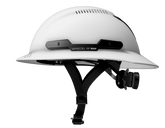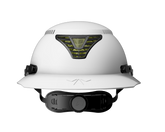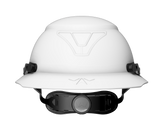The IR combustible sensor - What are the benefits?
Gas detection has been relatively the same for many years. Thankfully, we have gotten past the canary method. The concept is still the same - alert the worker of a potential dangerous atmosphere before it's too late.

Advances in sensors and electronics have made gas detection easily accessible, lightweight and simple to use. It has become a part of a workers ensemble in places like refineries, paper mills, and chemical plants.
The newest trend in sensors is the use of the IR combustible sensor in place of the catalytic bead sensor. The catalytic can have some useful attributes, but it tends to be battery hungry and vulnerable to things like silicones.
The IR sensor was once an expensive specialty sensor, but can now be readily found in your typical 4-gas meters like the Gas Clip Technologies 4-gas diffusion and 4-gas pumped monitors. They allow the meter to have a multi-shift runtime, useful in large plants during shutdowns.
Another benefit of the IR sensor is that it can detect your combustible gas in an oxygen deficient atmosphere. Unlike the catalytic sensor, the IR sensor does not burn gas to detect it, so it does not need oxygen to work.
There are, however, some things to take note of before relying solely on an IR sensor. Read the specification and make sure the combustible gas you are looking for is detectible, extreme weather conditions could also be a factor.



